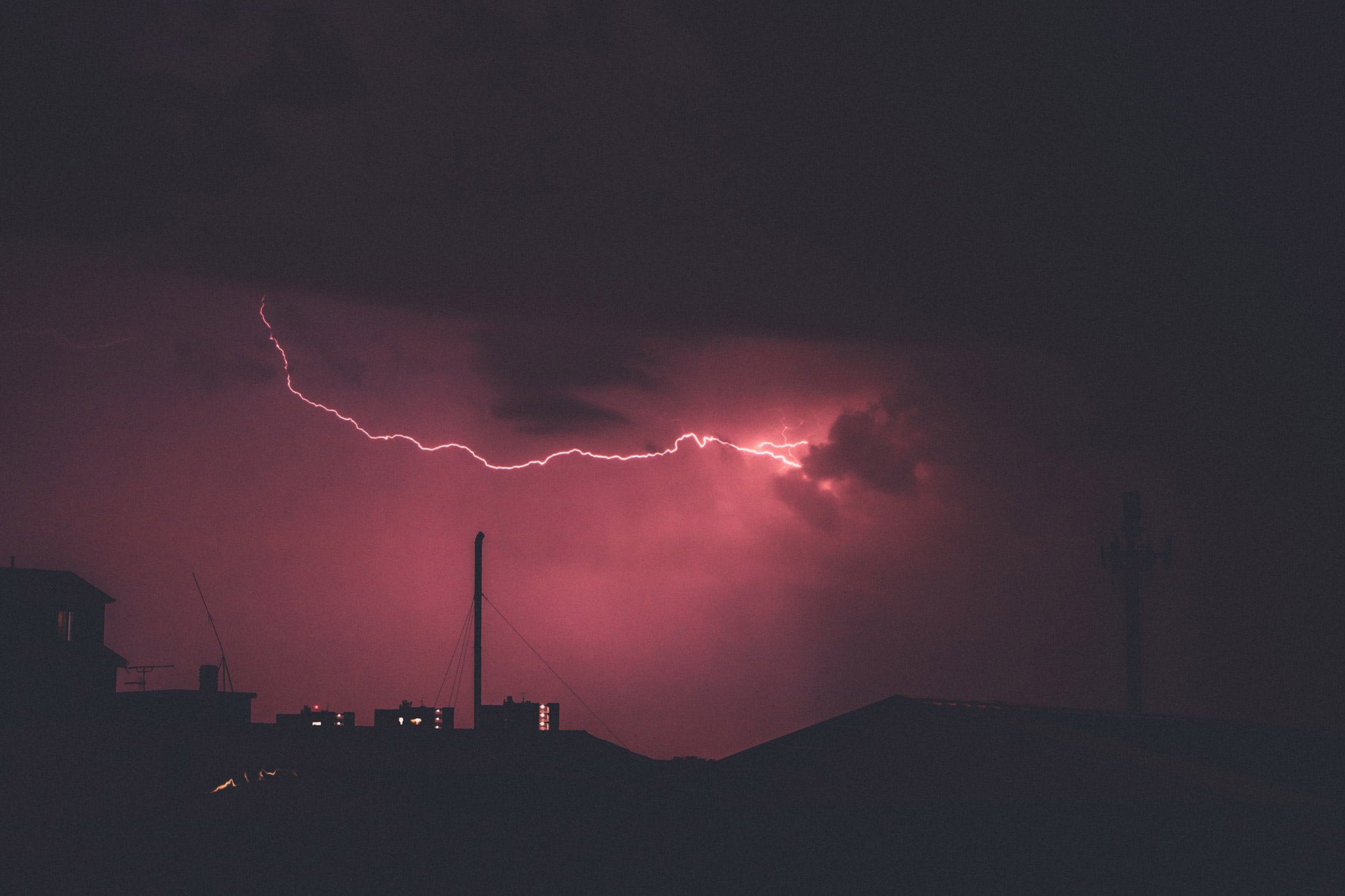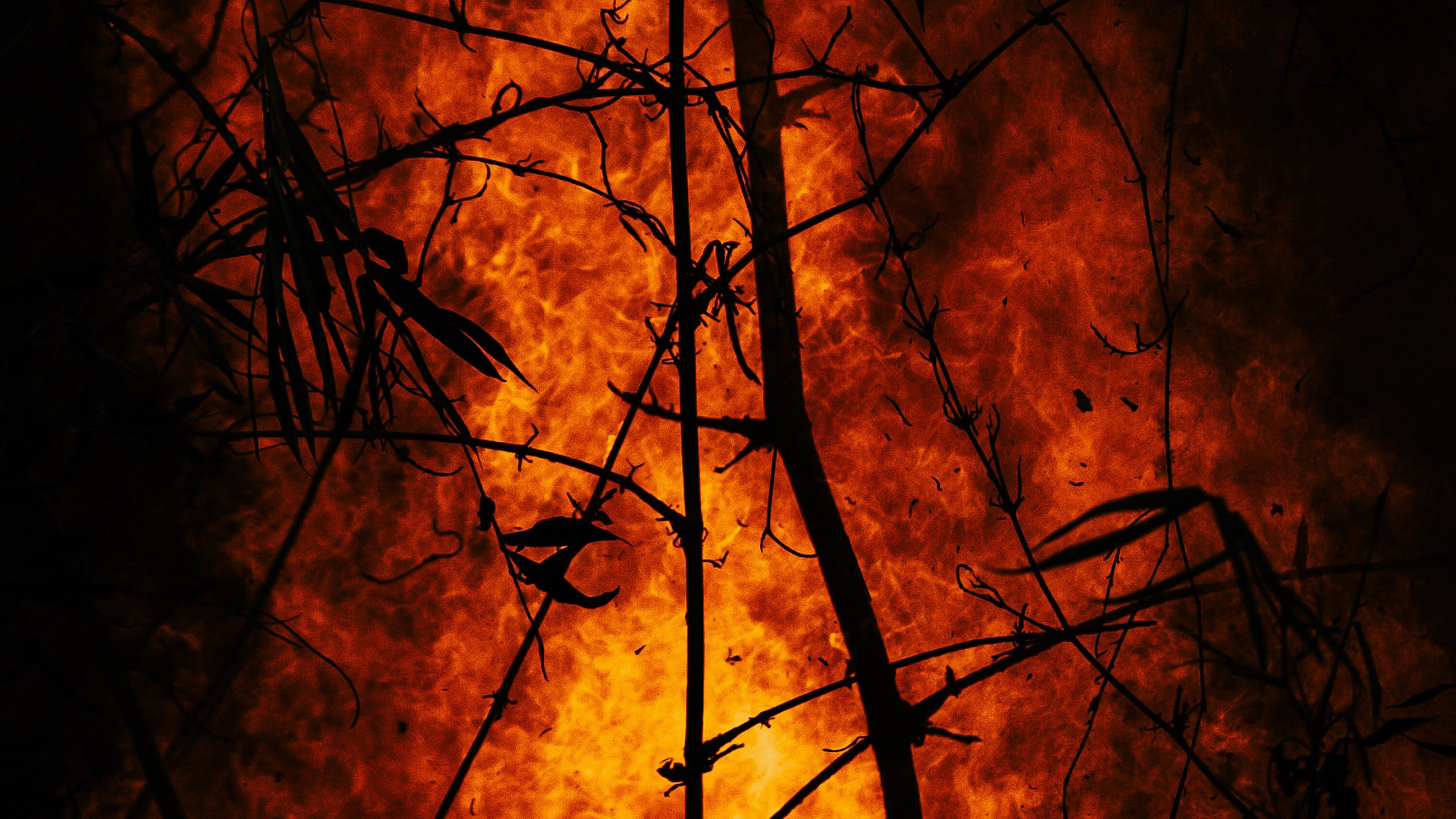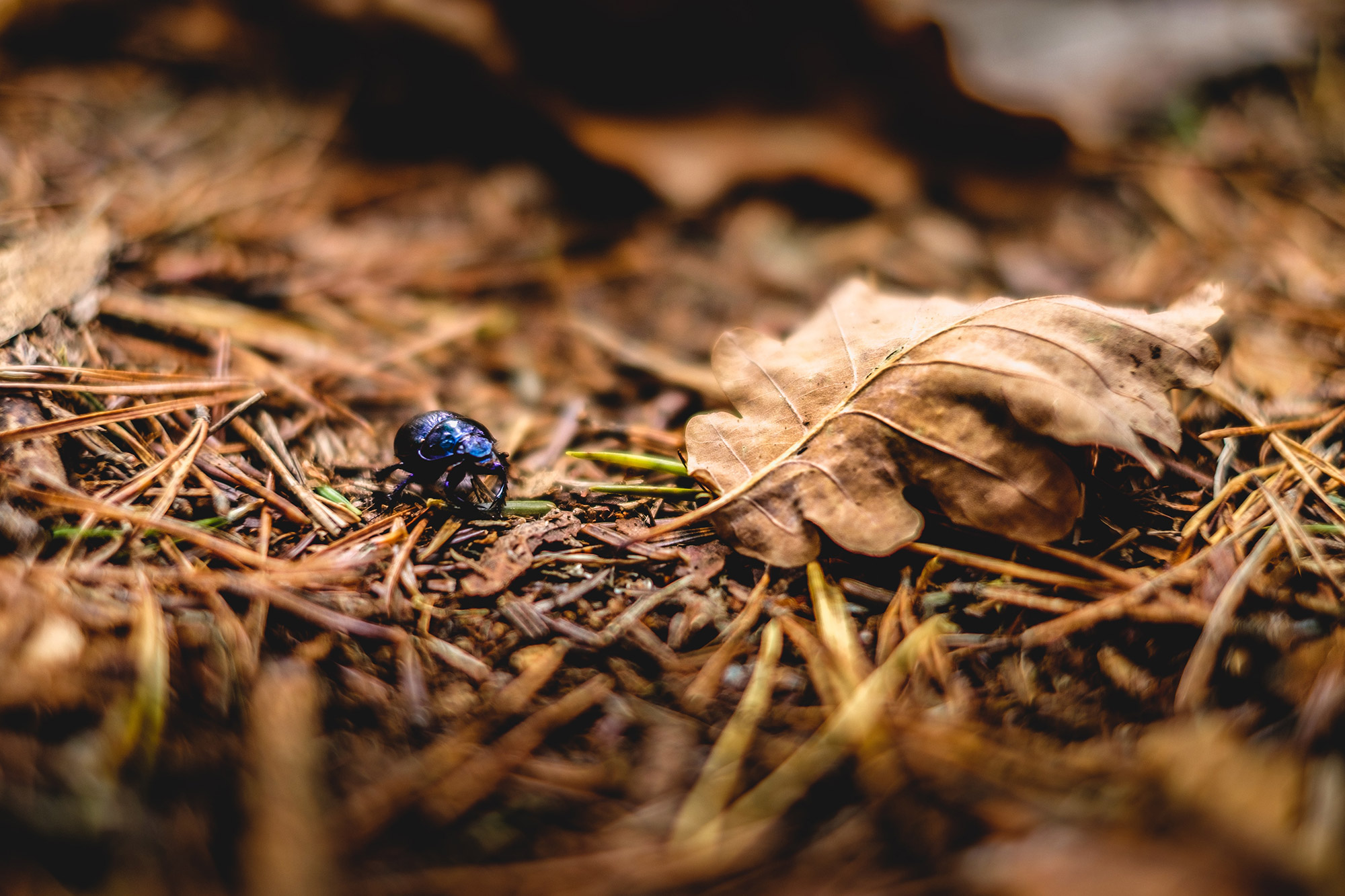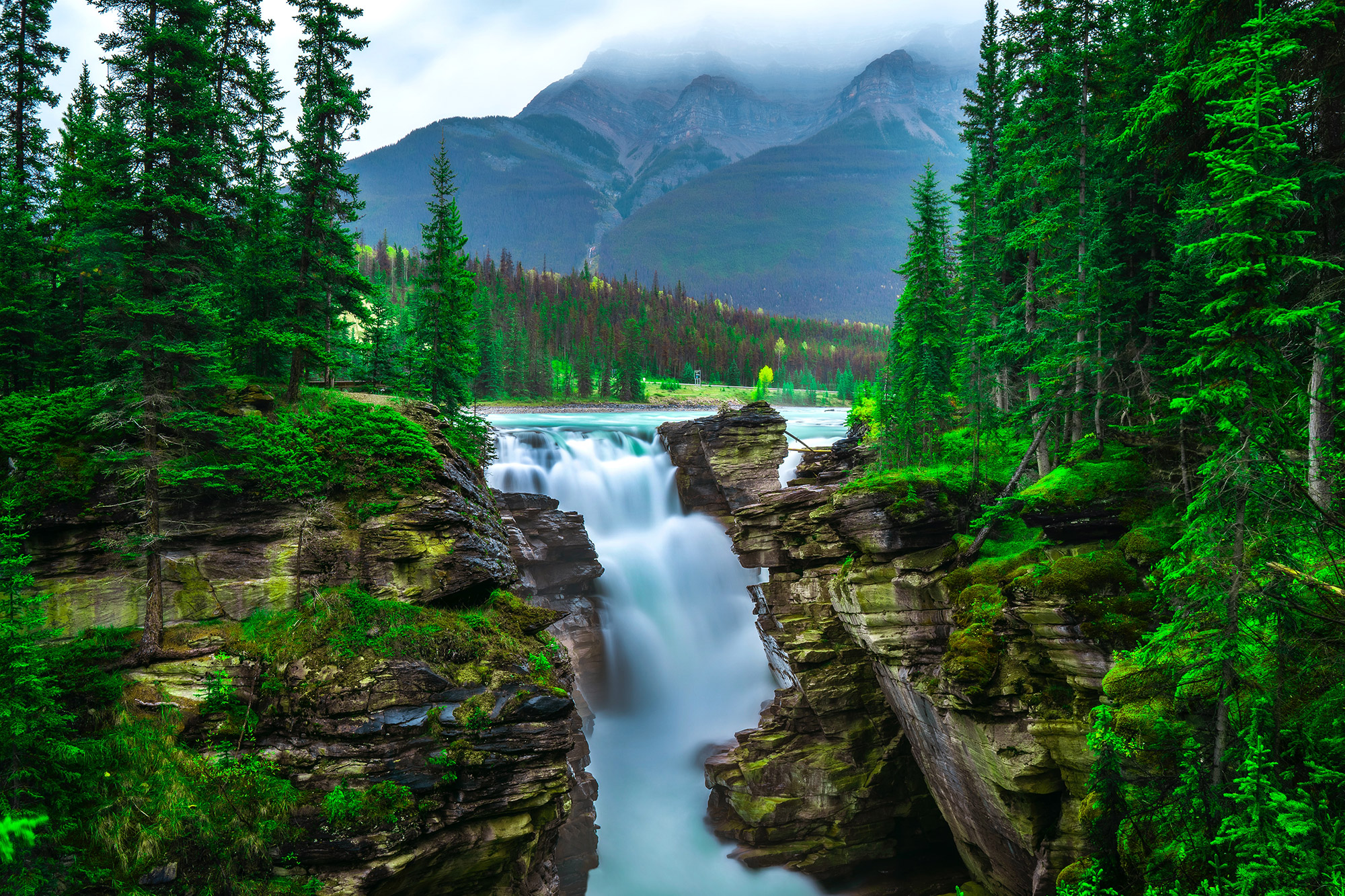Canada’s forests face serious threats. If we want to preserve our wild spaces, and the amazing diversity of plants and animals that live there, we must take action.

Climate Change
Unless we dramatically reduce our greenhouse gas emissions, and do it quickly, Earth’s average temperature could be 4°C higher by 2100. Global temperatures are already about 0.8°C warmer than they were in 1948, but Canada is warming faster. Our average temperature has increased by 1.7°C during the same timeframe. Patterns of rain and snowfall are changing too: Eastern Canada is getting wetter, but the West is drying out. This has real consequences for trees. For example, the severe drought of 2001-2002 killed more than 45 million tonnes of trembling aspen in the parkland fringing Canada’s prairies. That’s more than twice the annual hardwood harvest by the forest sector.

Forest Fires
Forest fires are caused by two things: lightning strikes and people. While fire is an important source of renewal in the boreal forest, it can also threaten human health, homes, and businesses. The warmer, drier conditions associated with climate change have lengthened Canada’s fire season. Total area burned each year is also increasing. The Canadian Forest Service predicts that annual burnt area will continue to increase, doubling by the end of this century.

Invasive Species
In the past, mountain pine beetles were found mostly in southern British Columbia. Due in part to warmer winter weather, these insects have become invasive, spreading north and east through Canada’s boreal forest.
Climate change is one way that invasive species can colonize new habitats. Most invasives, however, are spread by humans: in our wood products or packaging, with ornamental trees and shrubs, or through infected firewood.
















































